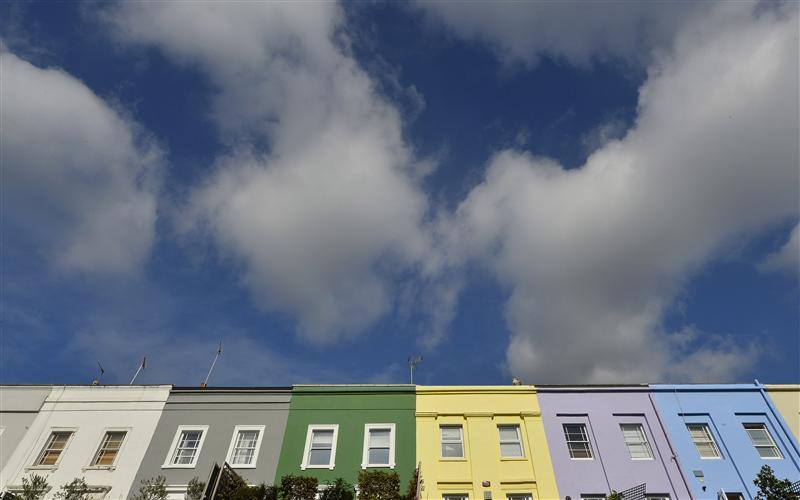Freddie Mac (OTCQB: FMCC) today released the results of its Primary Mortgage Market Survey® (PMMS®), showing that the 30-year fixed-rate mortgage (FRM) averaged 2.86 percent.
“It’s Groundhog Day for mortgage rates, as they have remained virtually flat for over two months. The holding pattern in rates reflects the markets’ view that the prospects for the economy have dimmed somewhat due to the rebound in new COVID cases,” said Sam Khater, Freddie Mac’s Chief Economist. “While our collective attention is on the pandemic, fundamental changes in the economy are occurring, such as increased migration, the extended continuation of remote work, increased use of automation, and the focus on a more energy efficient and resilient economy. These factors will likely lead to significant investment and new post-pandemic economic models that will spur economic growth.”
News Facts
- 30-year fixed-rate mortgage averaged 2.86 percent with an average 0.7 point for the week ending September 16, 2021, down slightly from last week when it averaged 2.88 percent. A year ago at this time, the 30-year FRM averaged 2.87 percent.
- 15-year fixed-rate mortgage averaged 2.12 percent with an average 0.6 point, down from last week when it averaged 2.19 percent. A year ago at this time, the 15-year FRM averaged 2.35 percent.
- 5-year Treasury-indexed hybrid adjustable-rate mortgage (ARM) averaged 2.51 percent with an average 0.1 point, up from last week when it averaged 2.42 percent. A year ago at this time, the 5-year ARM averaged 2.96 percent.
The PMMS® is focused on conventional, conforming, fully amortizing home purchase loans for borrowers who put 20 percent down and have excellent credit. Average commitment rates should be reported along with average fees and points to reflect the total upfront cost of obtaining the mortgage. Visit the following link for the Definitions. Borrowers may still pay closing costs which are not included in the survey.
Freddie Mac makes home possible for millions of families and individuals by providing mortgage capital to lenders. Since our creation by Congress in 1970, we’ve made housing more accessible and affordable for homebuyers and renters in communities nationwide. We are building a better housing finance system for homebuyers, renters, lenders, investors and taxpayers. Learn more at FreddieMac.com, Twitter @FreddieMac and Freddie Mac’s blog FreddieMac.com/blog.

